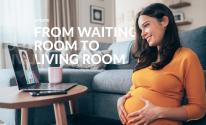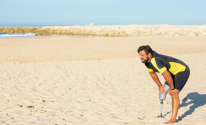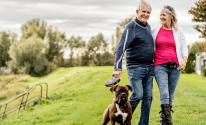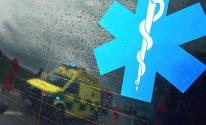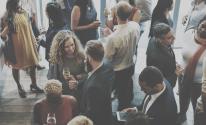
Chapter 3
Care in the right place
Providing help with a difficult choice: National Programme Prehospital Triage
INTERVIEW
With Mark van Heijl
Care in the right place not only means more care in your own environment, but also the right care in the right hospital. For trauma patients, the choice for triage is made in minutes. A wrong choice has major consequences for the treatment, recovery and even survival of the patient. The Programme National Prehospital Triage offers help with this choice.
‘The amount of undertriage in the Netherlands is unacceptable’, says Mark van Heijl, trauma surgeon at the Diakonessenhuis Utrecht, researcher at UMC Utrecht and founder of the programme. ‘That decision on the street, which is often made within a few minutes, determines a lot for weeks and even months afterwards.’
An umbrella solution
Undertriage can have various reasons. ‘Elderly patients and patients with brain injuries are often underestimated in the severity of their injuries because they are more difficult to assess’, says Van Heijl. In addition, the location of the accident has an influence: if a hospital for highly complex care is further away, the ambulance will drive more often to a hospital for low-complex care.
Very trivial things, such as the reception by staff in a hospital, also play a role. ‘Undertriage is a multifactorial problem, and with this programme, we offer an umbrella solution.’
Objectivity and transparency
In the National Programme Prehospital Triage, UMC Utrecht, Erasmus UMC, LUMC and ORTEC are working together to develop a digital platform, which is a link between the prehospital and hospital environment. An important component is a series of decision aids to help the ambulance professional in making a choice.
‘The decision aid is extremely important for getting the patient to the right place and ensuring an objective decision about triage’, says Van Heijl. In addition, the platform offers transparency: ‘We now have absolutely no idea why which patient goes where and we have no possibility of steering this.’
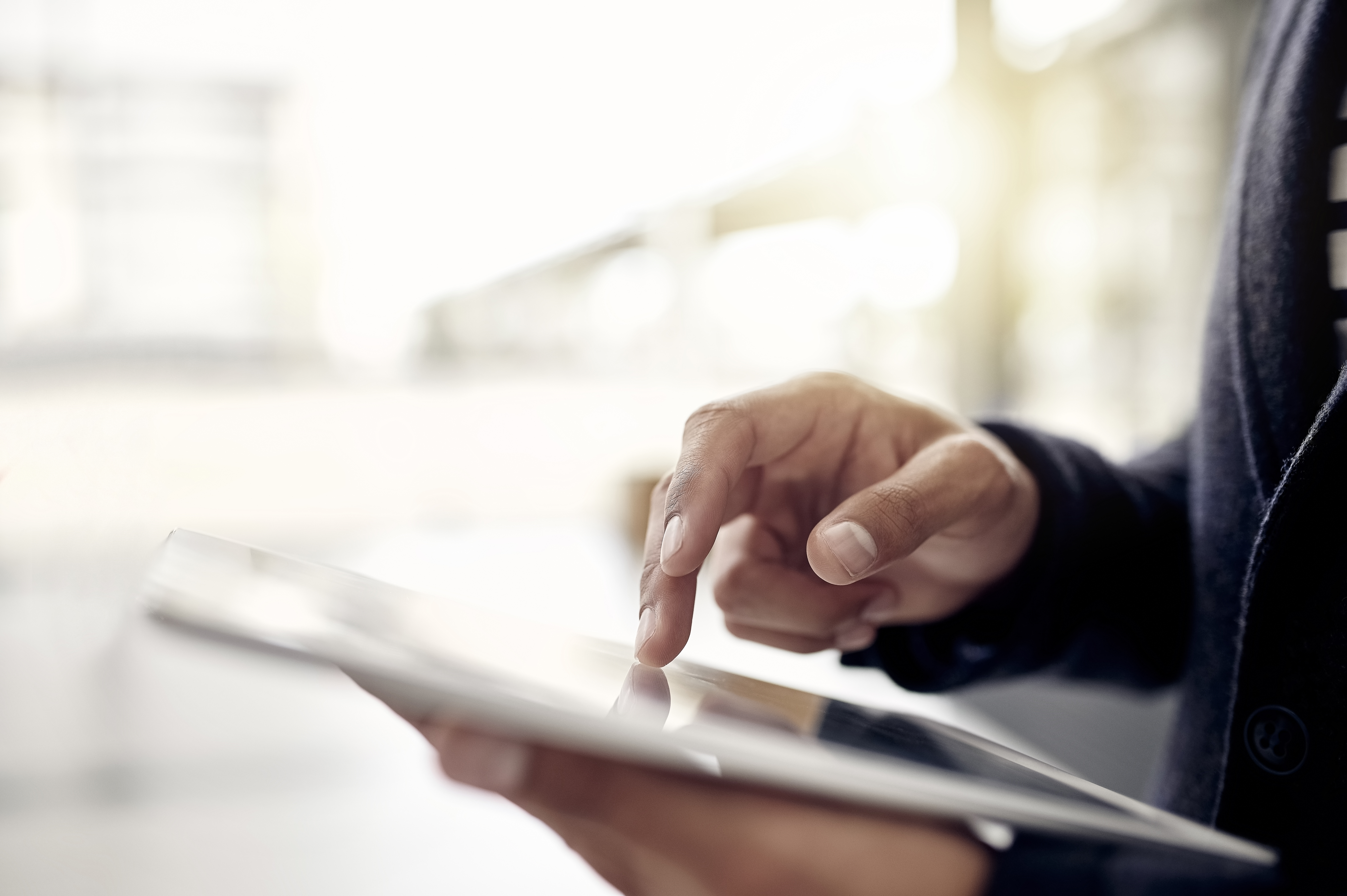
Digital platform
What does the decision aid actually look like? ‘The latest version is almost fully automated’, explains Van Heijl. ‘Every button you have to press on a smartphone or tablet is one too many.' The decision aid makes use of text mining technology. With the help of machine learning, the platform can read free texts, such as the report from the control room. Furthermore, it is connected to a monitor that measures vital signs of the patient.
In addition to these main functions, the platform has many additional features: there is the option of a live connection with a doctor, the capacity of the hospital can be seen, and various hardware tools can be connected. For example, there is a helmet that can measure whether a brain haemorrhage is large or small in a patient. ‘We want to offer a very open platform that innovations can easily plug into.’
‘An important addition is that the system also provides feedback from the casualty department to the ambulance staff’, says Van Heijl. ‘This way, the ambulance staff can see whether they have made the right choice, which supports a learning process.’
Collaboration
In addition to the main participants in the Programme, almost all university medical centres (through one or multiple departments) and a large number of ambulance services in the Netherlands are involved. The plan has also been coordinated with other key figures, such as the national acute care network and ambulance care in the Netherlands. ‘There is room for everyone to participate and provide input: we don’t leave it all to one university medical centre, but instead, involve other centres and disciplines too.’
Van Heijl is clearly proud of and grateful for the collaboration that has arisen. ‘This programme is only possible because so many parties are willing to work together. In fact, the whole of the Netherlands is willing to work together. And I think that is the strength of this extensive and much-needed programme.’
Launch "Hoofdzaken" Manifesto
On September 30, the Brain Foundation, MIND and ZonMw launched the "Hoofdzaken" (Head Issues) Manifesto in collaboration with NWO and Health~Holland. In this Manifesto, they argue for the establishment of a national knowledge and innovation programme for brain and/or mental health. Her Majesty Queen Máxima received the Manifesto during the plenary opening. She then entered into a discussion with various stakeholders, including Prof. Dr. Nico van Meeteren, Executive Director of Health~Holland.
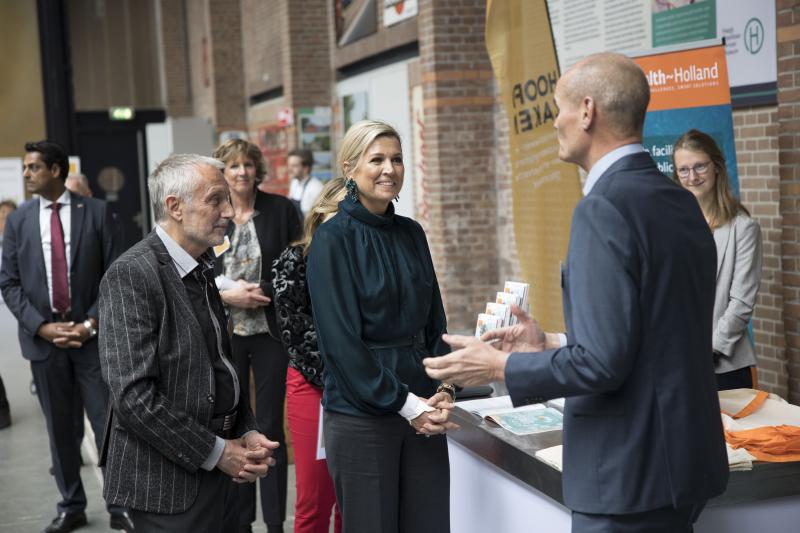
Match Call - PPP Allowance
By means of this PPP Allowance (Match Call), the Top Sector provides a financial instrument to help consortia consisting of research organisations, knowledge institutes, companies and health foundations to realise their innovative ideas and encourage research. How do the projects financed by the Match Call contribute to the care in one’s own living environment? Here we give an example.
Visit our website for an overview of more than 400 R&D projects!
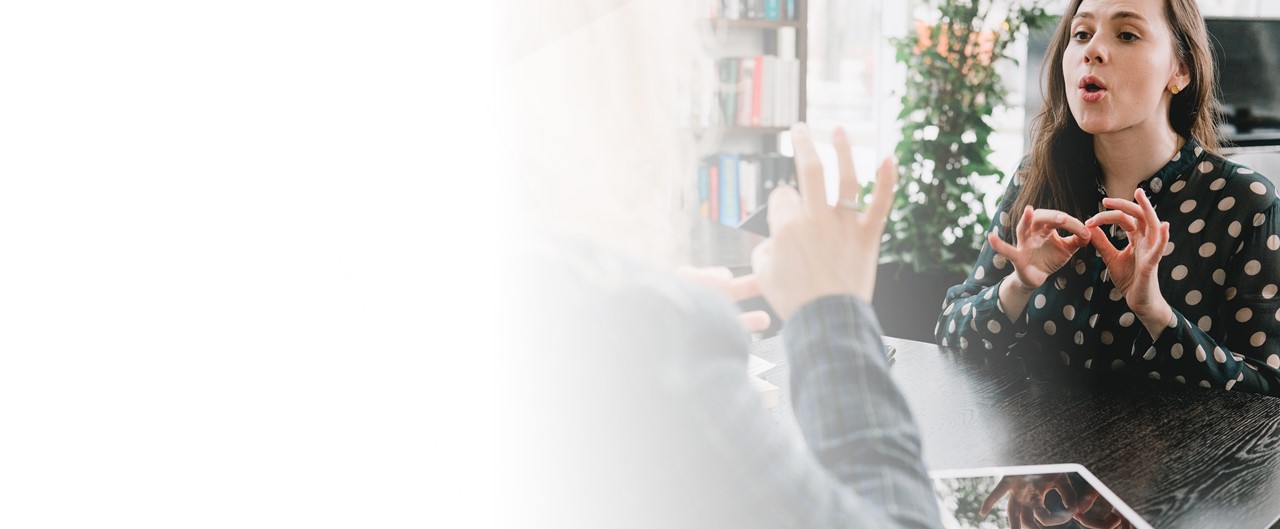
Hear@Work
The Hear@Work project investigates the underlying principles and needs for a new eHealth tool to empower workers with hearing impairment to manage their need for recovery after work, increasing the uptake of hearing aids, other listening devices, and workplace interventions. The project is a partnership between Amsterdam UMC and hearing aid manufacturer Sonova, which enables the research to be implemented in the workplace. Approximately 12% of the Dutch adult population are living with
some form of hearing loss; around 225,000 of them are of working age. Hearing problems in the workplace have a significant impact on employee functioning. Better awareness of hearing impairment in the workplace, and better implementation of tailored services and interventions are urgently needed. eHealth opens novel, promising opportunities for delivery of these services in terms of cost-efficiency, better access to care, and improving patient outcomes and satisfaction.
xxx
Match Call
The project above is receiving PPP Allowance from the Top Sector. Are you inspired by the project, and would you like to read more about the PPP Allowance or apply for it? Then take a look here, or contact the Health~Holland office (via tki@health-holland.com) to get more information or assistance in the application process.
Nine Awarded Projects Call Extramural Care
The call Extramural Care is jointly organised by Taskforce for Applied Research SIA and Top Sector Life Sciences & Health. Its aim is to contribute to Mission II with applied research. Mission II reads: in 2030, 50% more care will be provided in one’s own living environment (instead of in care institutions) organised together with the network around people. Therefore, the mission facilitates the participation of everyone in our society.

More human, less patient
The research focuses on the ways in which citizens are supported by their informal support system, the interaction with technology and the role of professionals. The outcomes of the nine awarded projects enable citizens with a health condition to manage their health in their own living environment. By managing themselves, whether with or without the help of their environment and technology, they can promote their own participation in society.
Professionals learn, for example, how they can promote self-management by citizens and how they can play a role in advising on the use of technology that facilitates self-handling and collaborative management. The questions in these studies arise from issues from daily practice and the researchers look for appropriate solutions together with the stakeholders. Three of the nine awarded projects are briefly outlined below.

